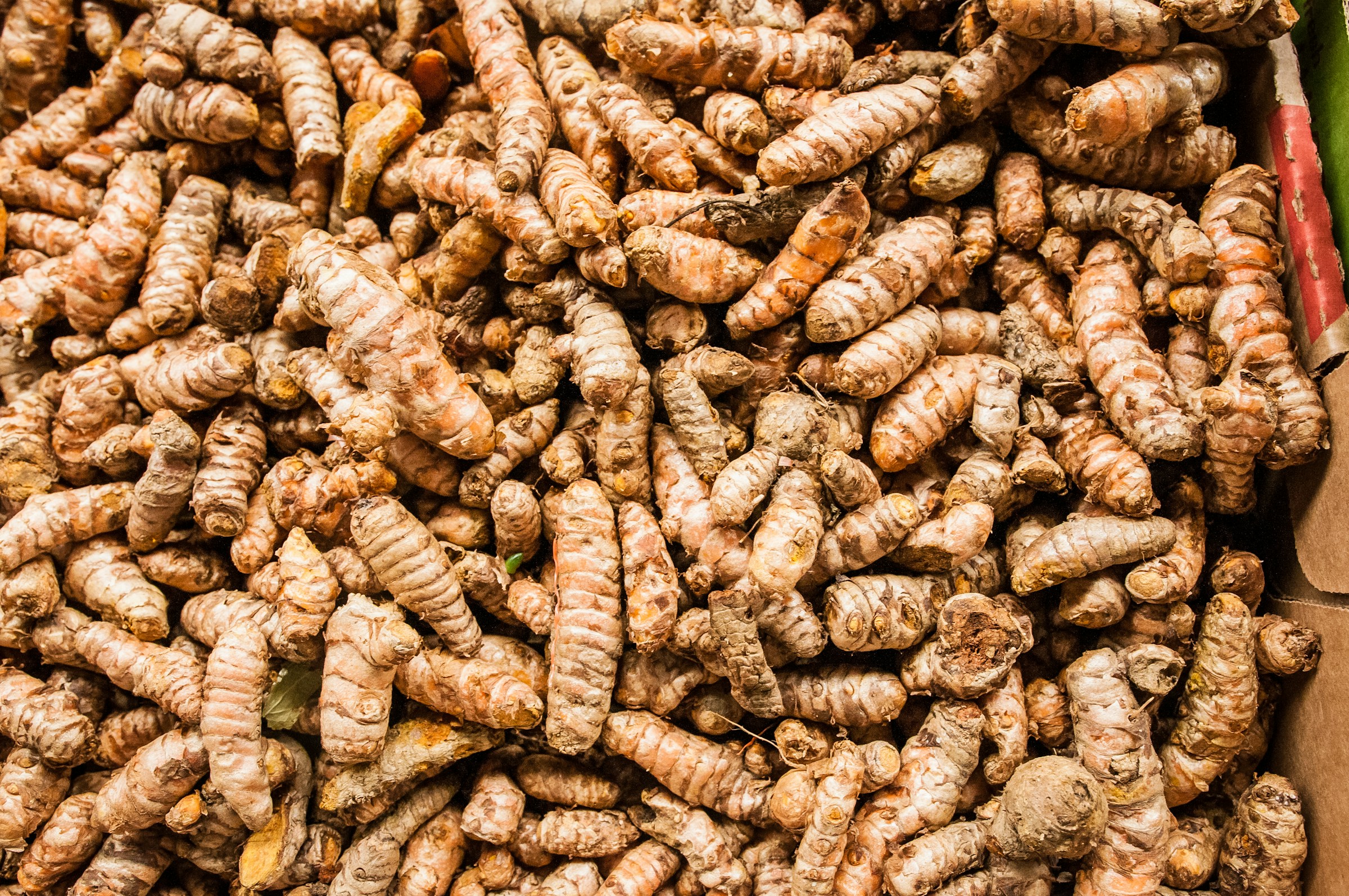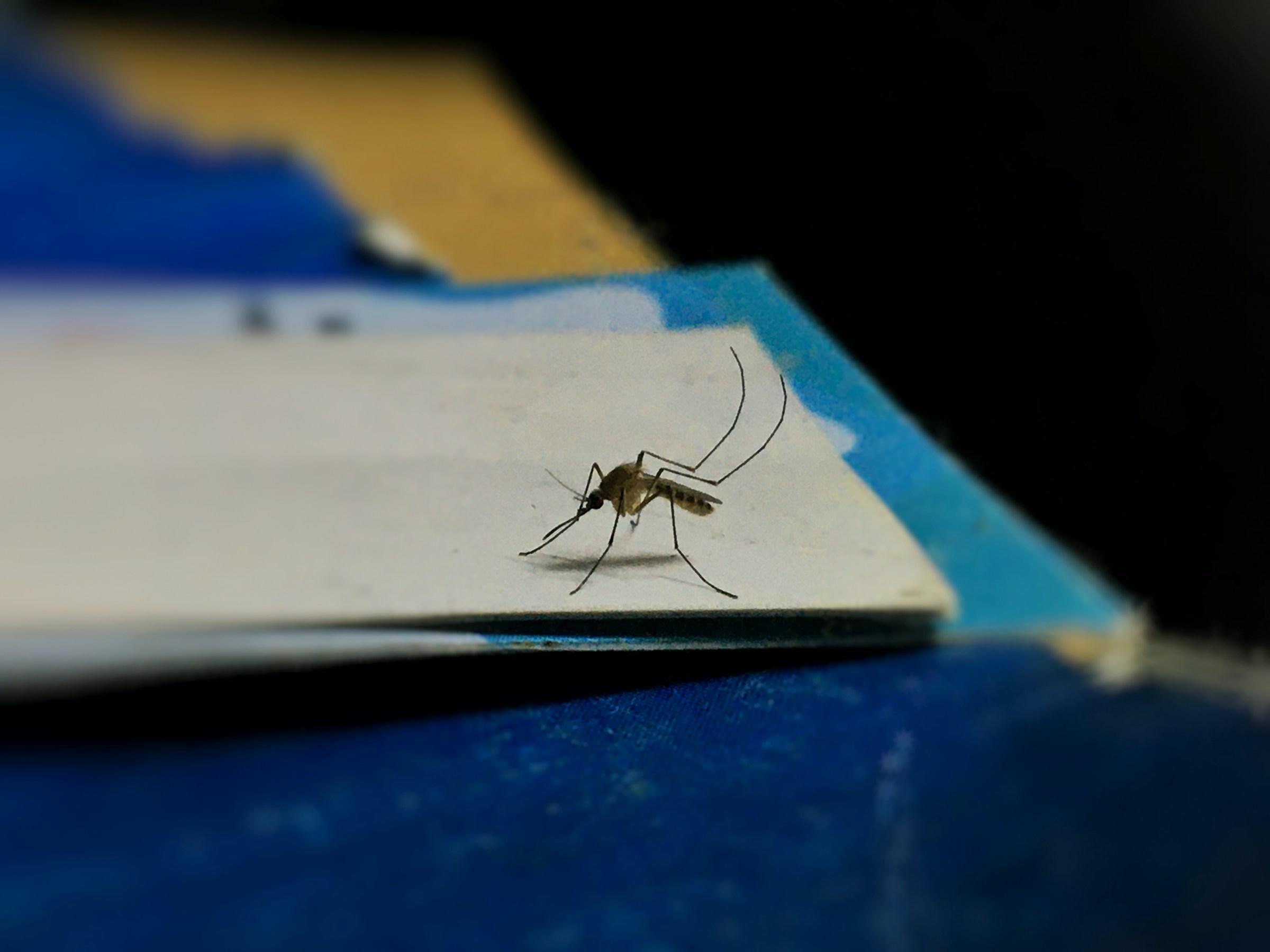Turmeric has long been a staple of Indian kitchens and Ayurvedic medicine cabinets. But in the West, it’s been reinvented—as a supplement, a latte flavor, and more recently, as a molecule. That molecule is curcumin, and it’s shifting the value chain of an ancient crop in ways most Indian producers have yet to catch up with. What was once sold in sacks is now extracted, encapsulated, and branded for inflammation, cognition, and immune health. And Western companies are paying a premium—for turmeric with curcumin content above 5 percent.
India produces 80 percent of the world’s turmeric. But most of it falls short of this benchmark. Typical Indian turmeric contains about 2 to 3 percent curcumin. Meanwhile, smaller producers like Fiji, which barely register in global output volume, are becoming the go-to source for high-curcumin turmeric. This isn’t a story of production. It’s a story of specification. And it reveals a deeper strategic failure: India has the scale, but not the alignment.
This divergence is more than agricultural. It’s structural. When an ingredient becomes an active compound, the entire logic of the supply chain must change. Farmers are no longer selling colour and weight. They’re selling molecular efficacy. But India’s turmeric supply chain—from seed research to market incentives—was built for bulk spice trade. Not bioactivity. The result? A market mismatch where volume leaders become value laggards.
In India, turmeric farming remains fragmented, dominated by smallholders, and geared toward domestic consumption and commodity-grade exports. There are few incentives to switch cultivars or upgrade farming practices for higher curcumin yield. Mandis—the local market yards—don’t reward for bioactive concentration. Middlemen don’t test for it. And farmers, already constrained by land, risk appetite, and financial flexibility, have little visibility into what global wellness markets actually want.
Contrast this with Fiji. Its turmeric industry is smaller, but more targeted. Over the past decade, Fijian agriculture agencies, NGOs, and private exporters have coordinated to cultivate high-curcumin varieties and position them specifically for nutraceutical markets. Instead of scaling blindly, they aligned early. The result is a supply chain that’s small but precise—able to meet the specs demanded by Western supplement buyers and boutique brands. While Indian turmeric dominates supermarkets, Fijian turmeric is turning up in capsule bottles and juice shots with “6% curcumin” printed proudly on the label.
It’s easy to dismiss Fiji as a niche player. But in high-value segments, niches matter. Much like Rwanda’s strategy in specialty coffee, Fiji’s approach to turmeric reflects an understanding that quality isn’t always about yield—it’s about fit. That fit depends on molecular data, certification standards, and direct-to-buyer pathways that Indian exporters have been slow to build. In failing to map production to product function, India has allowed others to define the upper end of the turmeric value ladder.
This blind spot is even more glaring given India’s natural advantages. It has the world’s deepest pool of turmeric farmers. It has a legacy of plant-based medicine. And it has a growing network of agri-tech and biotech startups. Yet, these assets remain unlinked. The Indian Council of Agricultural Research has bred higher-curcumin varieties like Salem and Alleppey, but adoption remains limited. Seed distribution is uneven. Certification infrastructure is weak. And farmer incentives remain blunt instruments, focused more on subsidies than specification-driven premiums.
The opportunity cost of this misalignment is mounting. Western brands are not just using turmeric as a spice. They are marketing curcumin as a health solution. That means suppliers who can guarantee compound levels, traceability, and consistency are gaining the upper hand. This is the same trajectory we saw with adaptogens like ashwagandha and cordyceps, where niche producers captured premium contracts by controlling not just the crop—but the compound.
India’s turmeric industry risks repeating the mistake made in other commodity sectors: assuming that global demand will always follow local supply norms. But that assumption breaks down when marketing, regulation, and science converge. In the EU and US, consumers don’t just want “organic turmeric.” They want “tested curcumin extract, with bioavailability enhancers, in vegan capsules.” That’s an entirely different product from what Indian farmers are incentivised to grow.
Some initiatives are emerging to address this. Startups like Grenera and Organic India have begun contracting directly with farmers for higher-curcumin turmeric, promising better prices in exchange for cultivar changes and controlled drying processes. Export-oriented cooperatives are exploring processing units with in-house curcumin testing. But these remain outliers. The majority of Indian turmeric still flows through traditional mandis, with no testing, no differentiation, and no ability to capture functional premium.
This disconnect between production and positioning isn’t limited to India. Other countries with traditional spice exports—like Indonesia, Sri Lanka, and Myanmar—face similar inertia. But India’s sheer dominance in volume makes its lag more consequential. If India continues to serve only the bulk market, it will cede the most lucrative segments to smaller, more agile producers. And as wellness brands grow more sophisticated in their sourcing, that gap will widen.
It’s worth noting that the high-curcumin market is not just hype. Clinical trials have increasingly linked curcumin to measurable anti-inflammatory and antioxidant effects. But bioavailability remains a challenge—curcumin is poorly absorbed unless combined with enhancers like piperine. This adds another layer of complexity. Suppliers who can not only offer high-curcumin turmeric, but also support formulation partnerships, will become more attractive to Western buyers. India has the scientific and manufacturing base to do this—but it needs to connect the dots.
The underlying lesson is clear. In markets where bioactivity defines value, ingredient suppliers must think more like product developers. That requires a shift in mindset, infrastructure, and institutional logic. Farmers need to be paid for compound levels, not just kilograms. Mandis need molecular testing booths, not just weighing scales. Exporters need lab data, not just logistics capacity. And government support needs to target traceability, not just tonnage.
Without these shifts, India’s turmeric sector may find itself stuck in a commodity trap—producing more, but earning less. That outcome would be not just an economic loss, but a strategic failure. Because the world’s largest turmeric producer has every capability to lead the wellness supply chain. What it lacks is the structural commitment to bioactive alignment.
There are precedents to follow. Ethiopia carved out a niche in high-altitude, heirloom coffee by investing in traceability and storytelling. Peru built a global presence in functional maca by linking indigenous farming with nutraceutical processing. Even Vietnam, in its transition from low-cost pepper to premium black pepper exports, recognised the power of varietal integrity and value chain control. These shifts didn’t happen by accident. They required public-private coordination, export-market intelligence, and producer support ecosystems.
India’s agricultural policy has often focused on food security, yield maximisation, and subsidy delivery. But in a globalised wellness economy, the game has changed. It’s no longer about feeding populations. It’s about meeting micro-nutrient and bioactive standards that drive consumer behaviour—and margin. That requires a new playbook.
This is not to say that every turmeric farmer in India should switch to high-curcumin varieties. That would be both impractical and risky. But a stratified strategy is possible—and advisable. Imagine a two-tier system, where bulk turmeric continues to serve culinary and industrial markets, while a premium track is developed for curcumin-rich output. This track would need breeder support, direct-to-exporter contracts, and government backing for curcumin testing labs at the regional level. It would also need marketing alliances with supplement brands, to ensure India’s high-curcumin turmeric carries provenance, not just purity.
At the policy level, this calls for a shift in agri-export thinking. Most export promotion policies still speak in terms of tonnage, destination markets, and freight subsidies. Few mention compound-level premiums, lab partnerships, or ingredient-based branding. Yet this is precisely where future growth lies. Countries that can position themselves not just as suppliers, but as origin-certifiers of active compounds, will control pricing power in functional food, wellness, and supplements.
India, with its blend of scientific depth, farming scale, and Ayurveda heritage, is uniquely positioned to lead this transformation. But it must first recognise the new rules of the game. That game no longer rewards volume alone. It rewards biochemical verification, consistency, and market fit.
If it fails to adapt, India will remain the supermarket source of turmeric—but not its supplement source. That may look like success in trade data. But it will reflect a missed opportunity in value capture.
In a market where molecules matter more than weight, strategy starts with specification. And specification starts upstream.















.jpg&w=3840&q=75)